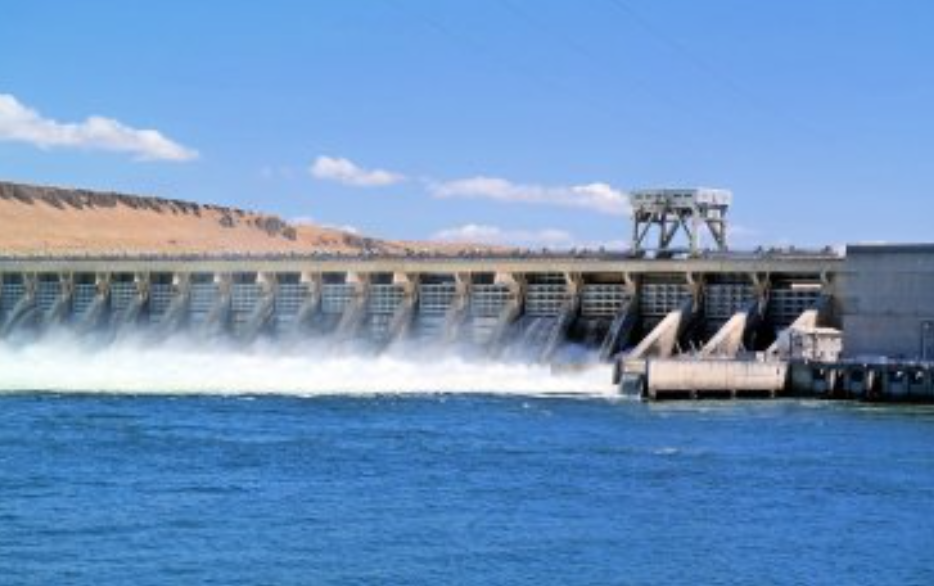From Landlords’ Delight To Tenant’s Drought Flight: How Things Changed In Bengaluru

Bengaluru faces severe water scarcity amid its worst drought in 30-40 years, with an IISc study attributing it to a 70 per cent decline in the city’s water spread area
Bengaluru is currently grappling with a severe water scarcity crisis amidst what experts are calling the worst drought the city has faced in the past 30-40 years. A recent study conducted by the Indian Institute of Science (IISc) has shed light on the primary culprit behind this crisis: a staggering 70 per cent decline in the city’s water spread area. Over the last few decades, Bengaluru has witnessed an astonishing 1055 per cent increase in built-up areas, primarily characterised by concrete structures and paved surfaces, contributing to the depletion of groundwater. The IISc’s Centre for Ecological Sciences revealed that the water spread area has dwindled from 2,324 hectares in 1973 to a mere 696 hectares in 2023, marking a significant decline that has severely impacted the city’s groundwater recharge.
The study conducted by scientists from the Indian Institute of Science meticulously traced Bengaluru’s transformation over the past 50 years. Lead researcher Ramachandra highlighted how the reduction in water surface area has directly influenced the city’s groundwater recharge mechanisms. Additionally, the study unveiled alarming trends such as the substantial loss of green cover due to increased air pollution levels and rising temperatures. In 1973, the city’s built-up area accounted for only 8 per cent, a figure that skyrocketed to a staggering 93.3 per cent by 2023.
According to media reports, Karnataka’s Deputy Chief Minister, DK Shivakumar, expressed deep concern over the severity of the situation, emphasising that such a drought had not been witnessed in the past few decades. “Though there were droughts earlier, we had never declared such a large number of taluks as drought-affected,” Shivakumar told media, underscoring the unprecedented nature of the current crisis.
On the flip side landlords in Bengaluru demanding obscene amounts as rent, asking the salary statement of potential tenants, or demanding that those renting their apartments should be working in top IT companies have become normal in India’s Silicon Valley.
But as the Karnataka capital continues to battle an unprecedented water crisis, tenants are leaving Bengaluru like rats fleeing a sinking ship.
Bengaluru Techies Return To Hometowns
Bengaluru is witnessing a 2020-like reverse migration as many including techies are opting to return to their hometowns, due to the prolonged water supply disruptions. Some companies have already switched to remote working or have temporarily shifted employees to offices in other cities.
Torn Between Work And Chasing Tankers
Many including tech employees who are still in Bengaluru and have to divide their day between the office and chasing water tankers are hoping that their employers will also switch to work from home soon.
“My team is skipping meetings to chase water tankers,” a senior employee at Infosys told BW Businessworld.
“We are currently facing a severe water shortage in Bengaluru, making it incredibly challenging to carry out our daily tasks. I strongly advocate for the implementation of work-from-home policies for all employees. This measure would alleviate the burden on individuals and enable them to work from their hometowns. Moreover, it would be particularly beneficial for those whose work confines them to the city, offering them greater flexibility and relief,” Mona, a resident of Bommanahalli told BW BusinessWorld.
Government Has No Comments On WFH
Amid the growing call to allow employees to work from home, Karnataka Deputy Chief Minister D K Shivakumar said it was not up to the government to decide.
The government is committed to providing water to the citizens of Bengaluru at any cost. “People may have to wait for a few hours for water to reach them,” he said, according to(ANI) media reports.


























































































































































































































































































































































































































































































































































































































































































































































































































































































































































































































































































